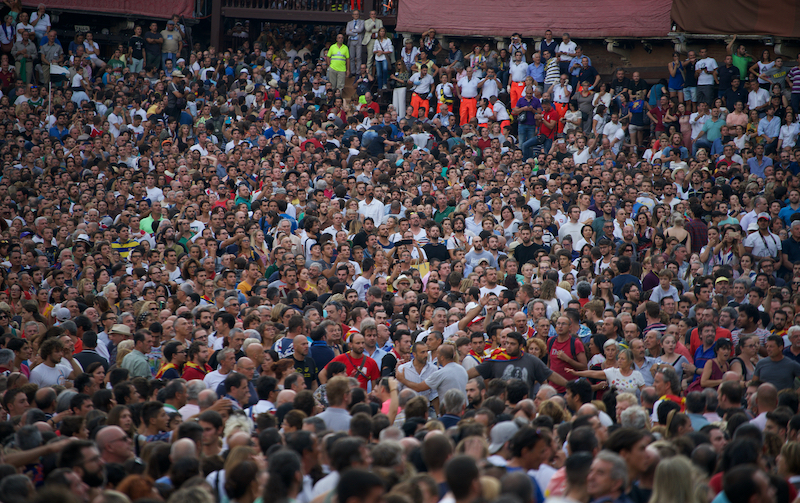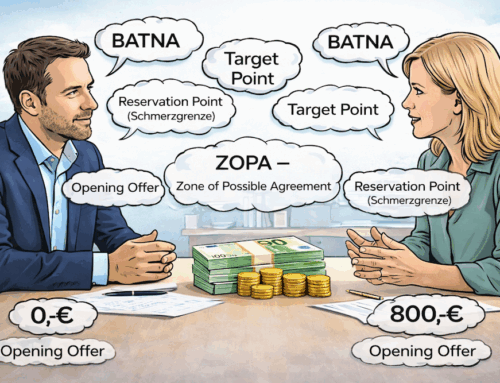Communication in groups – Of dialogue myths and meeting terrorism
How people can talk to each other – and when they should and how!
When people create something together, they communicate. It is not uncommon for the communication and creation process to appear inefficient. However, as change management has taught us so far, changes or even efficiency improvements are extremely challenging. Sometimes it seems almost impossible.
The following is not the last word on this subject. But a few important facts about the communication behaviour of and in groups can help you to (inter)act more efficiently in meetings and other work settings.
Once there is a common understanding of the inefficiency, it seems absolutely necessary to clarify it together, like how we want to communicate and work together. With this question to be answered together, we leave the field of inefficiency and triviality - and set out together to find a common solution. Travelling through the vukaesque thicket to start.
The following article is intended to clarify which common Communication rounds are available and when which one is worthwhile. Communication rounds refers to the various modes in which work is carried out (especially in groups), for what purpose and on what occasion communication takes place.
It is not uncommon…
- that meetings are scheduled and discussed even though a decision is pending or
- that speeches are made where dialogue is needed,
- or a dialogue is initiated where a (large group) discussion has long seemed appropriate.
Perhaps there will be further rounds of communication. Together with my colleague, Johannes Eckmann, I have compiled and developed this typology in a fruitful round of collection, creativity and dialogue. If you like, please give us your feedback and add to this article with further rounds of communication. We would be delighted.








Leave A Comment